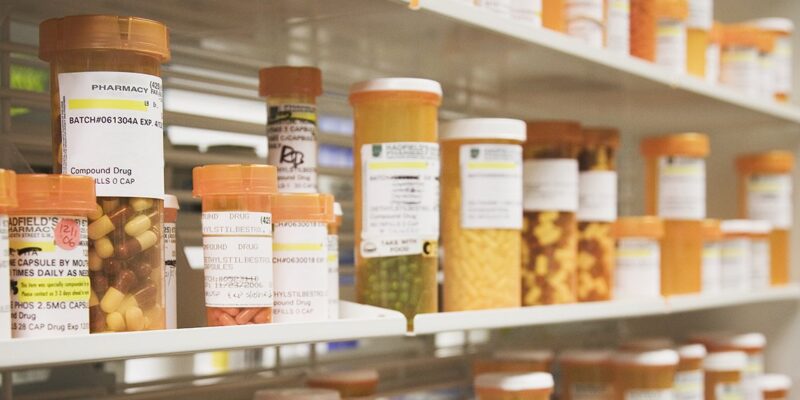The judicious use of antibiotics and analgesics is an integral part of dental practice. While these agents generally are considered safe in the dental setting, their use can result in interactions that can lead to serious morbidity in dental patients.
It is almost certain that the general dental practitioner will encounter patients taking medications that could potentially interact with the drugs prescribed in dental practice. Therefore ensuring that patients' medical histories are up to date will help practitioners avoid potentially serious adverse drug interactions.
What is drug interaction?
A drug interaction may be defined as a situation when a substance, which in this case is another prescribed drug, affects the activity of a drug already taken by a patient.
Once ingested, a drug interaction can occur at any point along the pathway of the drug through the body, from absorption to elimination. Knowing the type of drug interaction can assist in predicting, detecting and avoiding them.

Practical examples of drug interactions in dentistry:
- Specific drugs, such as ketoconazole (an antifungal agent), can only be absorbed in acidic conditions. Therefore any drugs that modify the gastric pH, such as antacids (eg calcium carbonate), proton-pump inhibitors (eg omeprazole) or H2-receptor blockers (eg ranitidine), subsequently reduce the absorption of ketoconazole.
- Rifampicin, which induces CYP450, and leads to increased metabolism of the oral contraceptive pill leading to its failure.
- Aspirin and other NSAIDs inhibit secretion of methotrexate into the urine. This could potentially lead to harmful methotrexate toxicity.
- Antihypertensive agents are local anaesthetics-typically lidocaine with adrenaline can cause potentially dangerous increase in heart rate, with associated peripheral vasoconstriction, leading to an increased blood pressure with potentially harmful consequences.
- NSAIDs interact with diuretics in three different ways: they can cause nephrotoxicity, antagonize the diuretic effect and increase the risk of hyperkalaemia.
- All antihypertensive medications are potentiated by general anaesthesia agents,which could lead to potentially dangerous hypotension.
- There is a ten-fold increase in the risk of myopathy when statins are taken with erythromycin and miconazole.
- NSAIDs (especially diclofenac and ibuprofen) can antagonise the antiplatelet effect of aspirin.
- There have been several reports of significant bleeding in patients taking warfarin with concomitant use of metronidazole.
Tips for avoiding harmful drug interactions:
- Patients' medical and drug histories should be frequently reviewed
- Enquiry about any change in drug plan at every visit if possible.
- Use of alternative drugs where certain medications are contra-indicated.
- When in doubt, talk with the General medical practisioner of the patient and prescribe any drug only after his consent.
- Update yourself with any new developments in the pharmacological aspects of dentistry.
- To reduce the risk of increase in heart rate during administration of Local Anesthesia,use infiltration injections where possible, ensure aspiration is undertaken when administering nerve blocks and keep dosages of lidocaine (with adrenaline) to an absolute minimum.
Thus, utmost care while prescribing any medication is important not only to avoid harm to patients but also to avoid unwanted medico–legal proceedings.
Reference:
- Seymour R A . Dentistry and the medically compromised patient. Surgeon 2003; 4: 207–214
- Seymour R A . Drug interactions in dentistry. Dent Update 2009; 36: 458–470.
- Crispian S . Medical problems in dentistry. 6th ed. London: Churchill Livingstone; 2010.
- Haas D A . Adverse drug interactions in dental practice: interactions associated with analgesics, Part III in a series. J Am Dent Assoc 1999; 130: 397–407.




















Comments